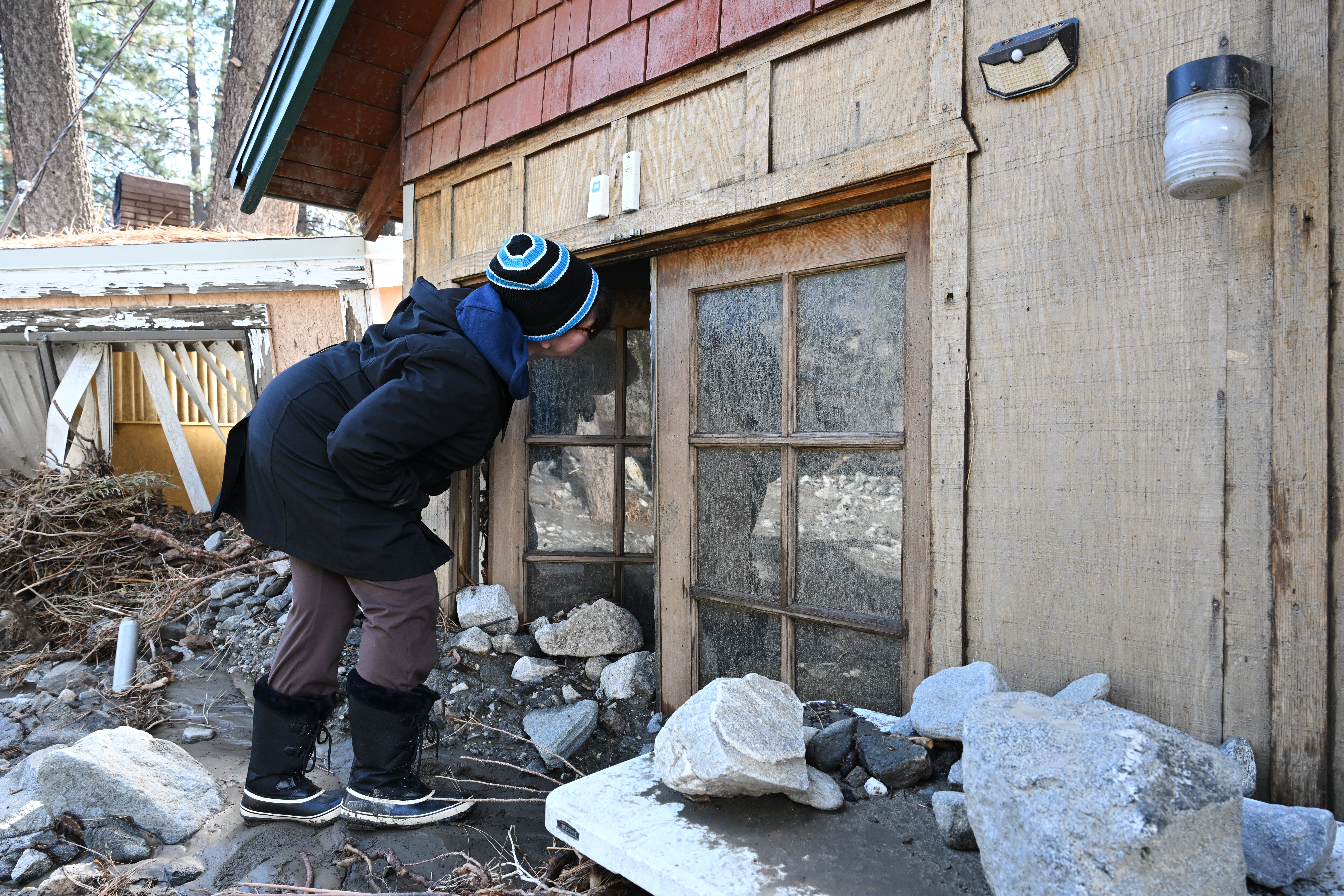During a FEMA briefing on then-hurricane, now-tropical storm Florence, a NOAA spokesperson said this:
"Some of you may remember this is in comparison to September of 1999. The first half of that month of that year, we had Hurricane Dennis and Floyd."
That last hurricane is pretty significant.
North Carolina has a history with slow-moving storms — like Florence — and it was Hurricane Floyd that set a deadly record for the Tar Heel State.
"Floyd stands as North Carolina's greatest natural disaster of record to date. Six billion dollars in damages."
That's Jay Barnes. He's a hurricane historian and has literally written the book on the history of North Carolina's hurricanes.
Hurricane Floyd made landfall near Cape Fear, North Carolina, which is two hours south of where Florence made its initial impact. Floyd was a Category 2 hurricane moving at 17 mph.
"The rainfalls that came from Floyd as it spread across North Carolina were probably in the range of 18 to 20 inches, and a lot of ... that fell on ground that had already been saturated by tropical storm Dennis a few weeks before. … There were thousands of people that had to be rescued from the rooftops from flooded homes."
It was one of the costliest storms in U.S. history and one of the deadliest because of the flooding. Fifty-seven people died — including 35 in North Carolina — mostly due to flooding.
"Over half of those are people who drowned in their vehicles trying to drive on flooded roads. And many of those those fatalities occurred not while the storm is passing through but days and even weeks after the storm had already gone. Because the floodwaters lingered in eastern North Carolina for a long period of time."
At least six people have died so far as tropical storm Florence continues crawling westward. The National Hurricane Center expects Florence to dump an additional 30-40 inches of rain along the North Carolina coast and produce flash flooding.
Additional reporting from Newsy affiliate CNN.




 How Bad Could A Storm Be? Look To Waffle House For Answers
How Bad Could A Storm Be? Look To Waffle House For Answers The Complex Costs Of Hurricane Recovery
The Complex Costs Of Hurricane Recovery






